Like many public cloud service providers, Azure costs are primarily usage-based, meaning you pay for only what you use. Though this pricing model is widely considered cost-effective, it remains so only if you integrate best practices for cost optimization into your cloud computing environment.
If your expenses are ballooning out of control, you may be wondering how to reduce Azure costs. Tools like Azure Advisor, Azure Policy, Microsoft Cost Management and Azure Resource Manager come in handy when trying to optimize cloud costs in Azure. Besides these tools, you need to rightsize, cut out unused resources and choose cheaper pricing models, among other practices.
By optimizing your Azure costs, you’ll gain better visibility into your cloud environment. Beyond that, your cloud operations become cheaper, and you’ll even free up some funds for use in other projects that can drive innovation. This guide discusses the benefits of Azure cost management, cost optimization best practices and more.
What Is Microsoft Azure Cost Optimization?
Microsoft Azure cost optimization is a continuous process that involves monitoring, reviewing, understanding and controlling cloud costs in Azure. It involves the use of cost optimization tools and the incorporation of practices — such as rightsizing, budgeting and cost allocation — to ensure efficient spending.
Azure Pricing Calculator and Microsoft Cost Management are among the tools used in effective Azure cost optimization. Azure Pricing Calculator offers insight into the potential costs of your proposed cloud architecture, helping you budget better. Microsoft Cost Management provides visibility of your Azure cloud spending and monitors, analyzes and reports it.
What Are the Best Microsoft Azure Cost Optimization Tools?
The best Microsoft Azure cost optimization tools include Microsoft Cost Management, Azure Advisor, Azure Policy, Azure Resource Manager, Turbo 360, Cloudability and CloudZero.
1. Microsoft Cost Management
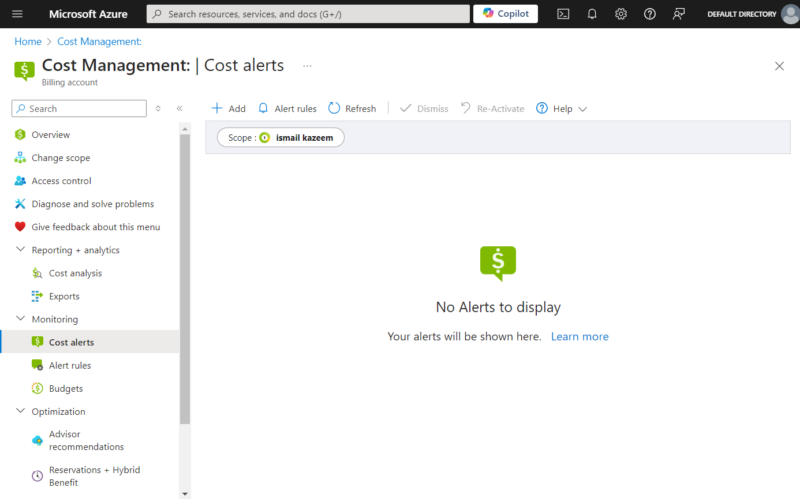
monitoring, optimization and billing features.
Microsoft Cost Management is a feature-rich Azure service that offers insight and enhances visibility into spending while offering a means for control and remediation. A few examples of its features include budgets, cost analysis, cost alerts and Advisor recommendations.
The “budgets” feature allows you to monitor spending, improve accountability and allocate costs, while the “cost analysis” feature evaluates and reports your Azure spending, helping you understand and manage your spending patterns.
Cost alerts automate monitoring, notifying when your spending reaches a predetermined threshold. Microsoft Cost Management offers recommendations through Azure Advisor, which include information about underused and idle resources.
2. Azure Advisor
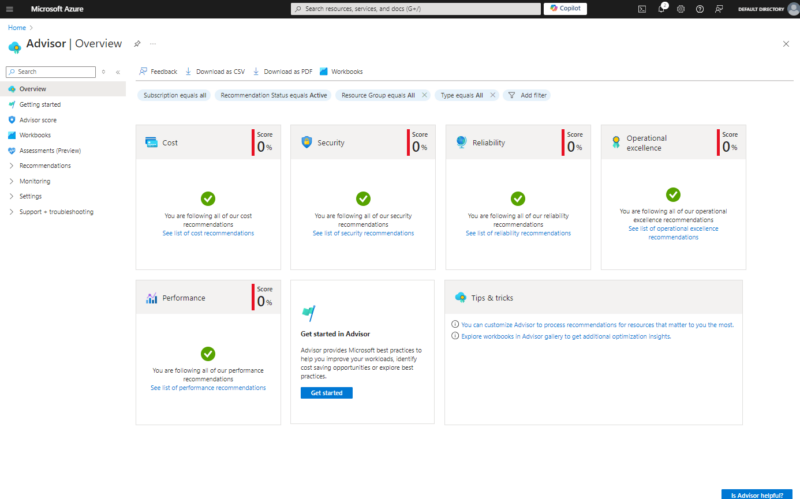
Azure Advisor is a tool that recommends improvements based on its assessment of your cloud environment’s security, costs, reliability, operational excellence and performance. Cost recommendations from Azure Advisor are largely based on your resources’ usage data. When applicable, it will recommend switching to pricing models like Reservations or Savings Plan.
For example, if you have underused disks, Azure Advisor informs you, lets you know the degree to which they are underused, and advises you on how to rightsize them. As another example, if your Cosmos DB has been inactive during a billing period, Azure Advisor highlights this and recommends you shut down the database.
3. Azure Policy
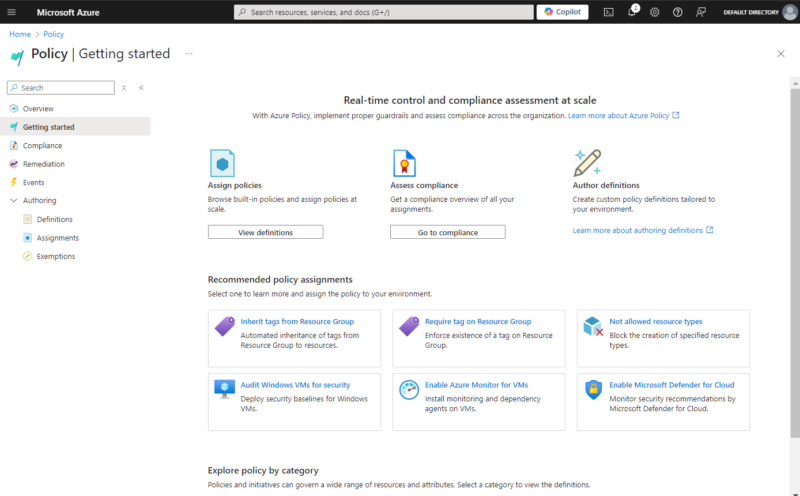
Azure Policy is primarily a governance tool that allows you to put restrictions in place to ensure consistency and compliance while preventing misconfiguration in your Azure account. Azure Policy is useful in cost optimization because you can set guardrails for resource configuration.
You can create a policy that ensures certain types of virtual machines are not provisioned in your Azure account. In a situation where your workloads do not need a memory-optimized instance, you can create a policy that prevents anyone from provisioning one. This way, you avoid the possibility of accruing costs from unused or underused memory-optimized instances.
4. Azure Resource Manager
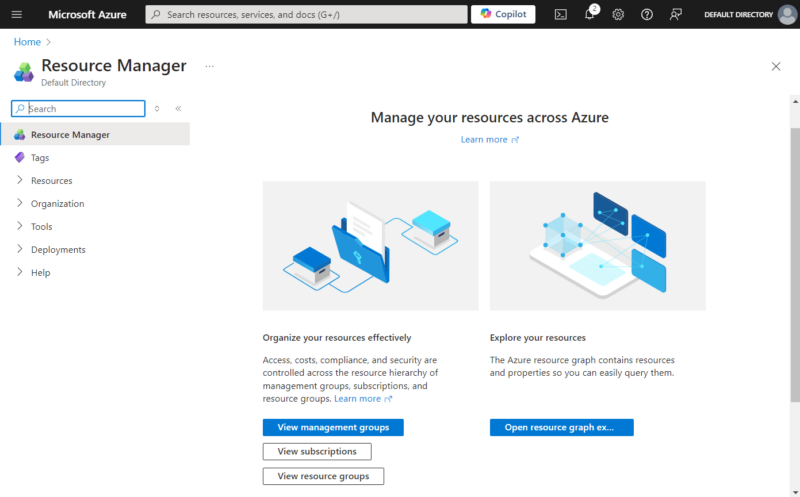
Though Azure Resource Manager is primarily a resource management, deployment and access control tool, it can aid in cost management via resource categorization. Basically, you can tag resources or organize them into hierarchies, making it easier to monitor and understand billing.
Besides clarifying billing, you can control access to resources with Azure Resource Manager. How does this help with costs? You can restrict privileges that allow resource provisioning to a few people. In turn, this will reduce the chances of deploying an unnecessary resource in error.
5. Turbo360
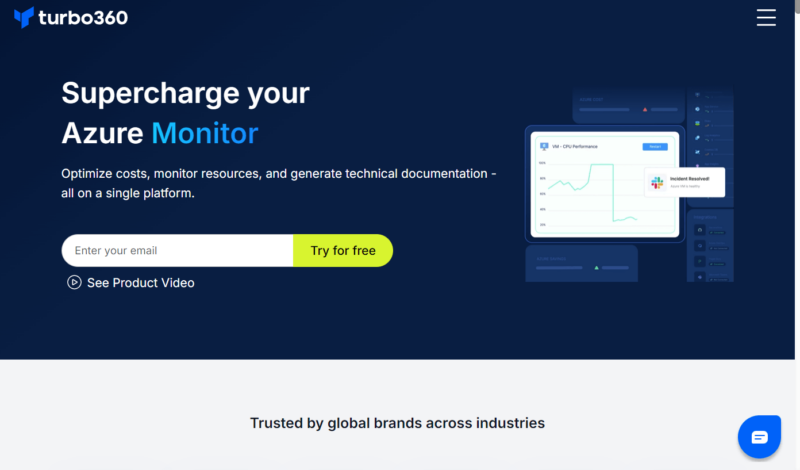
Turbo360 is a monitoring tool tailored to Microsoft Azure. It provides dashboards that enhance visibility into your Azure spending and recommends cost optimization opportunities across your billing account. In addition to cost control, Turbo360 monitors your resources and provides you with data that promotes faster issue resolution.
6. Cloudability
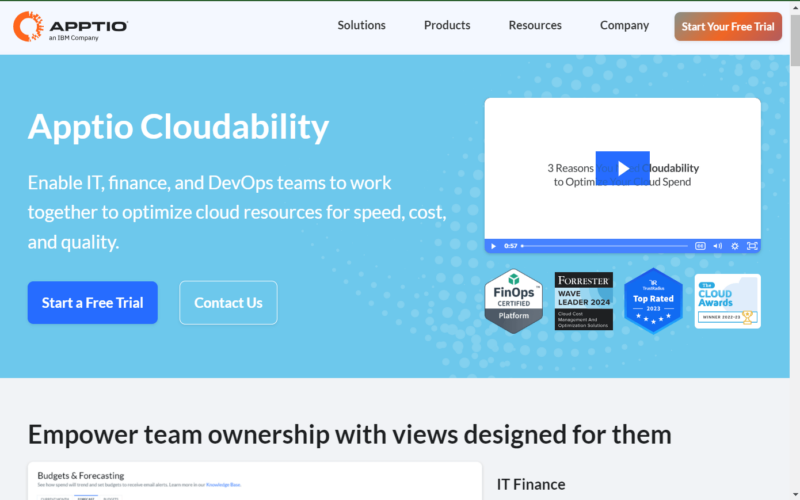
filling out the webform or contacting support.
Cloudability is an Apptio tool that enhances cost visualization/visibility, streamlines cost allocation and budgeting, and offers recommendations for cost optimization. It also offers financial forecasts and provides a correlation between what you spend and how it improves the business.
7. CloudZero
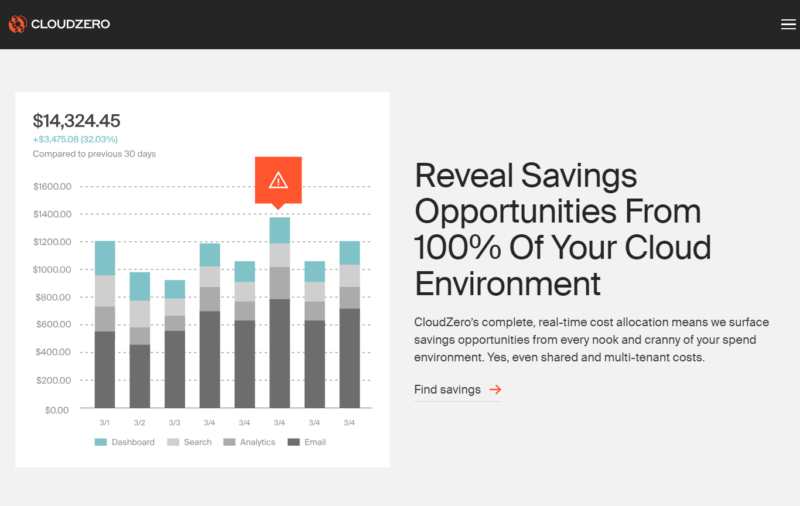
CloudZero is an AI-powered tool that offers proactive cost management and intelligent alerting, analyzes discounted pricing, and provides cost optimization recommendations. In addition to the AI integration, CloudZero comes with recommendations from a FinOps expert who acts as your FinOps account manager.
What Are the Best Microsoft Azure Cost Analysis and Monitoring Tools?
The best Microsoft Azure cost analysis and monitoring tools include Microsoft Cost Management, Azure Pricing Calculator, Azure Advisor and Azure Resource Manager.
- Microsoft Cost Management: Microsoft Cost Management is perhaps the most densely packed Azure cost analysis and monitoring tool. It has a cost analysis feature that provides insights into spending patterns and recommendations for control. It also has cost-monitoring budgets and cost alerts.
- Azure Pricing Calculator: Azure Pricing Calculator offers an estimate of the potential cost of your cloud architecture. Whether you’re setting up your cloud environment for the first time or optimizing cloud costs, the calculator’s estimates offer insight into what to expect. It also comes in handy when comparing prices with other cloud computing platforms.
- Azure Advisor: Azure Advisor abstracts the analysis and monitoring parts of its features and shares results instead. It analyzes resources and lets you know which underutilized resource to resize or terminate. It also shares suggestions for when to opt for discounted pricing models such as Reservations and Azure Savings Plan for Compute.
- Azure Resource Manager: Azure Resource Manager also counts as a cost analysis and monitoring tool, as the resource hierarchy and tags it creates aggregate spending data, making it less complex.
What Are the Best Practices for Microsoft Azure Cost Optimization?
The best practices for Microsoft Azure cost optimization include rightsizing, disabling idle resources, using autoscaling, opting for a discounted pricing model, and implementing budgeting and cost allocation.
What Are the Benefits of Microsoft Azure Cost Optimization?
The benefits of Microsoft Azure Cost Optimization include reduced cost of operation, enhanced visibility, more room for innovation and efficient performance.
- Reduced cost of cloud operations: By using discount pricing models, rightsizing resources and identifying idle resources, you can cut down on the total cost of running your Azure services.
- Enhanced visibility: Enhanced visibility entails having more information about your cloud spending. Since Microsoft Azure Cost Optimization is continuous, you get to review bills, budgets, spending forecasting and other financial details more frequently, leading to enhanced visibility.
- More room for innovation: By reducing the cost of your cloud operations through Microsoft Azure cost optimization, you free up more capital for use in other projects, which can promote innovation in your business.
- Efficient performance: Efficient performance means your Azure resources are functioning optimally without overspending. Azure cost optimization drives you to rightsize your resources. By rightsizing, you ensure that your cloud resources are not too big or too small for your workload, thus maximizing their usage.
What Are the Different Microsoft Azure Pricing Models?
Microsoft Azure has five different pricing models, including Reservations, Azure Savings Plan for Compute, Azure Spot Virtual Machines, Azure Hybrid Benefit and Azure Dev/Test pricing.
- Reservations: This pricing model involves committing to a compute capacity for one year or three years. By committing to a long-term compute capacity, Azure can prepare for your needs in advance, facilitating cost efficiency. In turn, it gives you discounts of up to 72% on virtual machines, 65% on Azure Cosmos DB and 55% on Azure App Service.
- Azure Savings Plan for Compute: This plan involves a one- or three-year commitment period. However, it offers a discount when you commit to a specific hourly spend over a compute capacity. It is available to services like Virtual Machines, Azure Container Apps, Azure Functions and Azure Dedicated Host, with discounts of up to 65%.
- Azure Spot Virtual Machines: Azure Spot Virtual Machines is a pricing model that offers unused computing power at a discount of up to 90%. That said, the instances that Spot Virtual Machines offers are not ideal for fault-sensitive workloads. However, you may use them for fault-tolerant projects like stateless web servers and API gateways.
- Azure Dev/Test pricing: This pricing model offers discounts of up to 57% on non-production workloads for Visual Studio subscribers who maintain their subscription. Azure/Dev Test pricing is available for Virtual Machines, App Service, SQL Database, Cloud Services and so on.
- Azure Hybrid Benefit: Azure Hybrid Benefit applies when you bring your existing Windows Server, Linux or SQL Server licenses to Azure. Savings from this offer can reach as high as 80% for Windows servers running on reserved instances.
What Is the Pricing Structure of Microsoft Azure Cloud?
The Microsoft Azure pricing structure is pay-as-you-go; in most cases, you pay only for the hours of services used, the number of requests or any other usage unit applicable to the service used.
For example, if you’re using an Azure Virtual Machines instance, you could pay as little as $3.80 per month for a general-purpose Linux instance (B1ls) or as much as $200 per hour or more for a memory-optimized instance. With Azure, there’s a vast array of virtual machine instances, hence the wide price range.
You’ll spend at least $10 per month for 500GB of data stored in Azure Blob Storage’s hot access tier with LRS (locally redundant storage) redundancy. However, 5GB of stored data will cost you less than a dollar with minimal operations and data transfer in the same storage.
The Azure cost for Microsoft Entra ID (Azure Active Directory) Standard in the East U.S. region with P1 and P2 licenses stands at around $124.50 per month. The licenses make up $15 of the total cost, while Microsoft Entra Domain Services is charged at $0.15 per hour.
Is Microsoft Azure More Expensive Than GCP?
Google Cloud generally costs more for memory-optimized instances and general-purpose instances than Microsoft Azure (learn more about GCP cost optimization).
A general-purpose instance with 4 vCPUs and 32 GB RAM in Azure’s East U.S. region is about $165 per month, whereas a similar instance in Google Cloud’s us-east-1 costs around $181. A memory-optimized instance with 64 vCPUs and ~1024 GB RAM costs around $4,900 in Azure and more than $5,000 in Google Cloud.
Various factors influence the cost of services on cloud computing platforms such as Microsoft Azure and Google Cloud. The comparative pricing may differ in your case, so estimate the cost of your cloud architecture with both providers using their respective calculators before drawing a conclusion.
Is Microsoft Azure More Expensive Than AWS?
Microsoft Azure is generally more expensive than AWS for both general-purpose instances and memory-optimized instances.
For example, a general-purpose instance with 4 vCPUs and 16 GB RAM in Azure’s East U.S. region costs around $109 monthly, which is more than the price for a similar instance in AWS’ U.S. East ($98 per month). A memory-optimized instance with 64 vCPUs and 1024 GB RAM will cost around $4,900 in Azure but only about $3,900 in AWS.
Confirm estimates for your project using the pricing calculators provided by both cloud platforms to compare prices, as your specific needs may differ.
Final Thoughts
A combination of the right tools and the best practices will have your Microsoft Azure cost optimization efforts yielding results in due course. Of course, the results of cost optimization will manifest as a reduced operations cost or increased cost efficiency. Beyond that, cost optimization can promote innovation.
What’s the most you’ve spent on Azure to run virtual machines? If you’ve run similar instances on other cloud providers, which provider offered you the lowest prices? Share your thoughts with us in the comments below. Thank you for reading.
FAQ: Cost Management in Azure
-
Microsoft Cost Management, also known as Azure Cost Management, lets you analyze, optimize, monitor and manage costs in Azure.
-
Azure cost optimization is a continuous process that involves the adoption of best practices and the use of cost management tools to achieve a cost-effective Azure environment.
-
You can track costs in Azure using Microsoft Cost Management and Billing.
-
Two features available using Azure Cost Management and Billing are cost analysis and budgets.
The post Microsoft Azure Cost Optimization: Tools, Best Practices and Benefits appeared first on Cloudwards.

